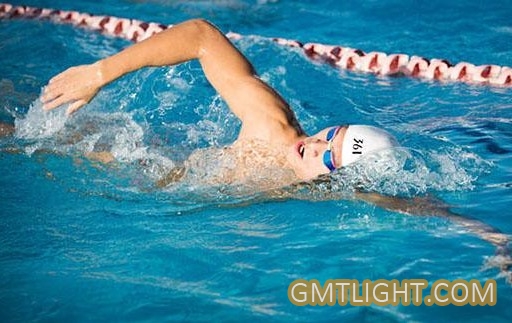What are the main rules of Freestyle?

In the swimming competition of Olympic Games, any athlete who breaks the rules of jumping at the start of the race will be disqualified. Freestyle competition must start from the starting platform. In freestyle competition, athletes can touch the wall with only one hand when they reach the end.
In the Olympic Games, all swimming competitions with a distance of more than 50 meters must turn back on the way. Freestyle allows the swimmer to use any part of his body to touch the wall of the pool when turning around, which allows the swimmer to kick the wall with his feet after turning underwater. The time and place of a swimmer's competition is automatically determined by an electronic system. When the athlete starts, the data will be recorded on the pressure plate on the starting platform. There are touch panels on both sides of each lane, which are recorded when the swimmer touches the wall. Since the touchpad and the starting platform are interconnected, the competition officials can judge whether the athletes participating in the relay race are in the relay race when their teammates touch the relay race. If any athlete leaves the starting platform before his teammate touches the wall 0.03 seconds, the team will be automatically disqualified from the competition.
What are the main rules of Freestyle?
1. Any stroke can be used in freestyle competition. However, in individual medley and medley relay competitions, freestyle refers to the strokes other than butterfly, backstroke and breaststroke.
2. A part of the athlete's body must touch the wall of the pool every time he turns and reaches the finish line.
3. A part of an athlete's body has to be out of the water for the whole run. After starting and every turn, the body of the athlete is allowed to be completely submerged. Before 15 meters (including 15 meters), the head of the athlete must be out of the water.




